Friday, 3 February 2023 -
It was a long trip from Phoenix to Seattle to Soul,
South Korea and finally to Hanoi, Vietnam. We arrived at night so were able to rest and the next day we were
on our own as the tour did not start until 4 February. We planned a few destinations which would take us most
the day to complete.
We were met at the hotel by our Vietnamese guide who would be with us for our travels through Vietnam. He was great - his father had been an underage fighter in the Viet Cong and fought/wounded in the Tet offensive at Hue.
We were met at the hotel by our Vietnamese guide who would be with us for our travels through Vietnam. He was great - his father had been an underage fighter in the Viet Cong and fought/wounded in the Tet offensive at Hue.

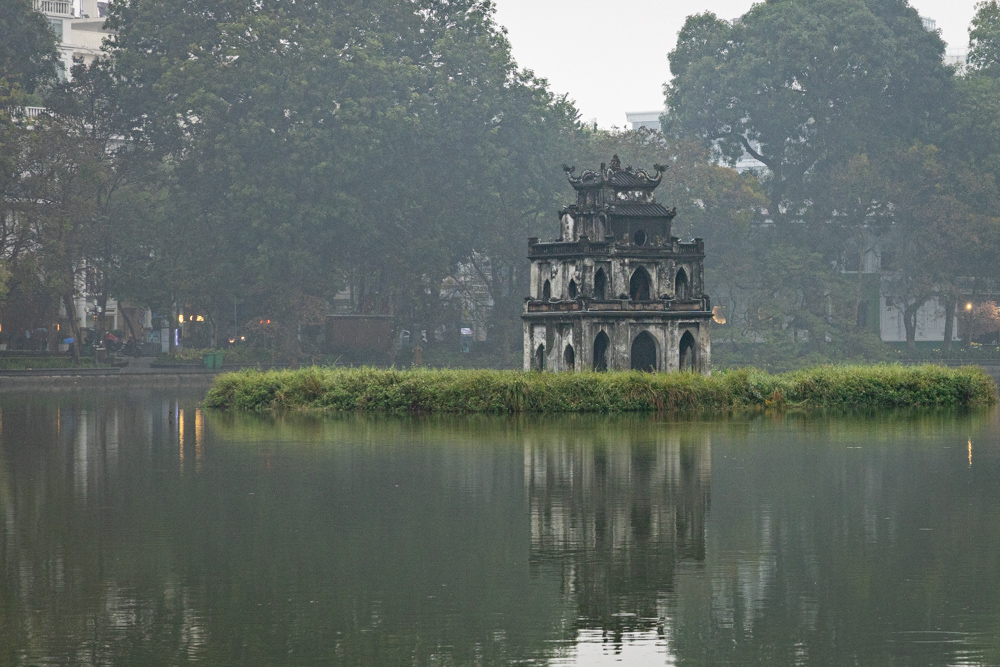

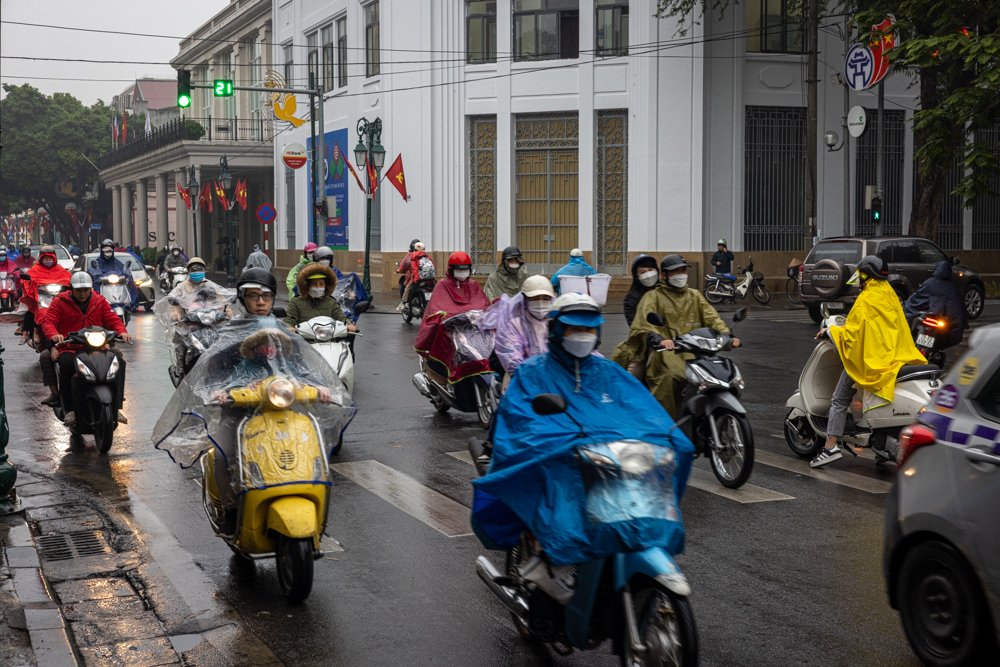
The riders are all in rain gear.
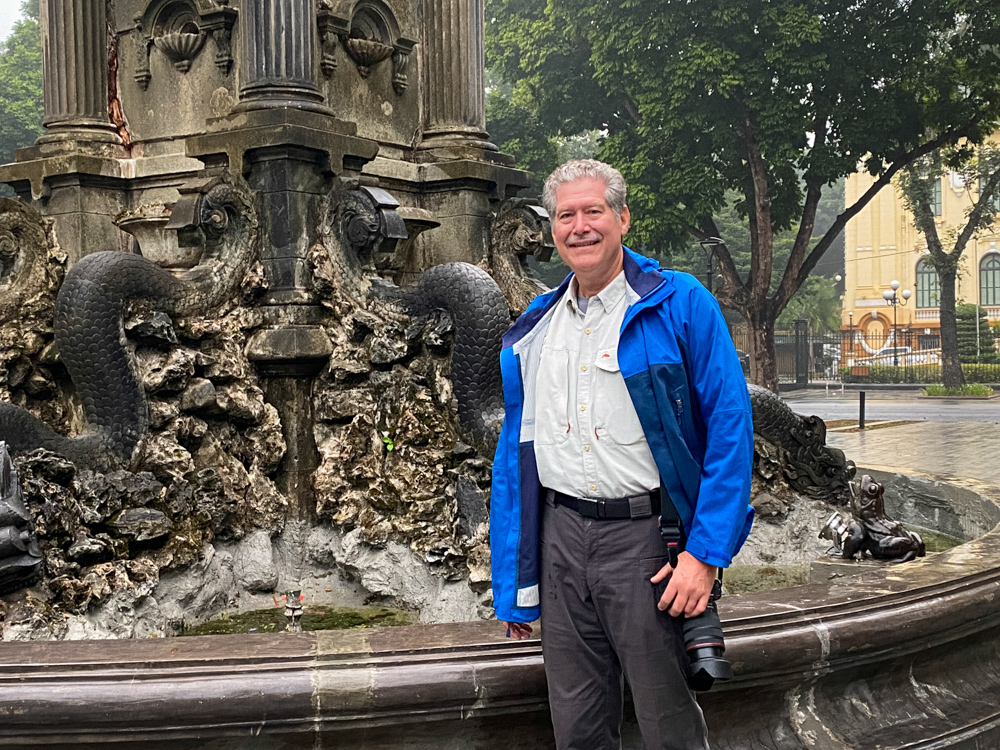
Right after this photograph, Cal tried to take pictures of the fountain - his camera would not turn on - completely dead. He changed batteries and nothing. Fearing the worst we rushed back to the room and after several anxious minutes trying to revive the camera - finally it booted up, and we were off again to walk the Hanoi streets.
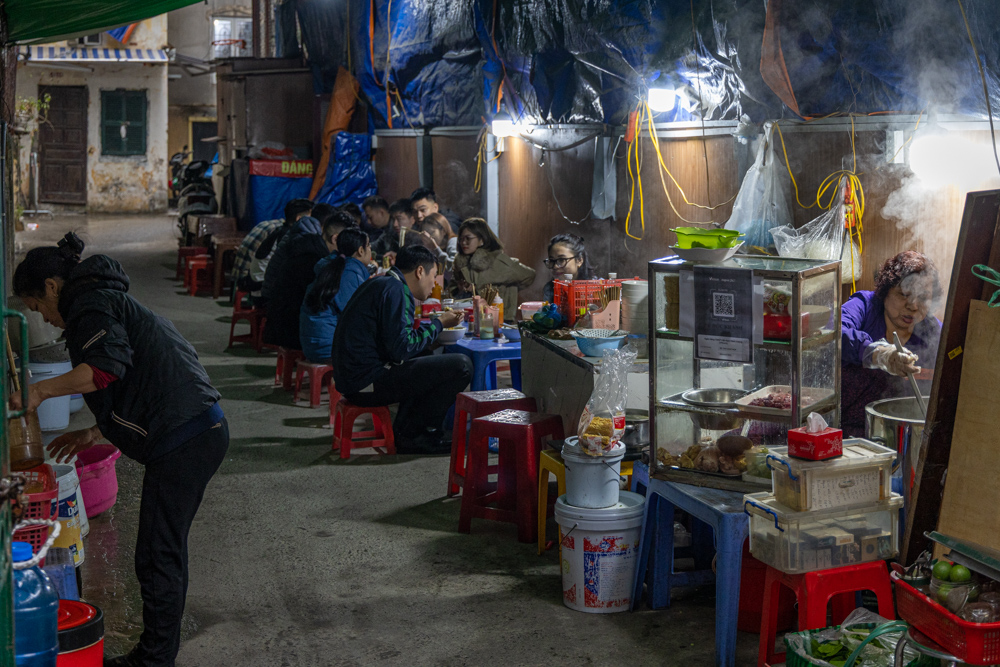
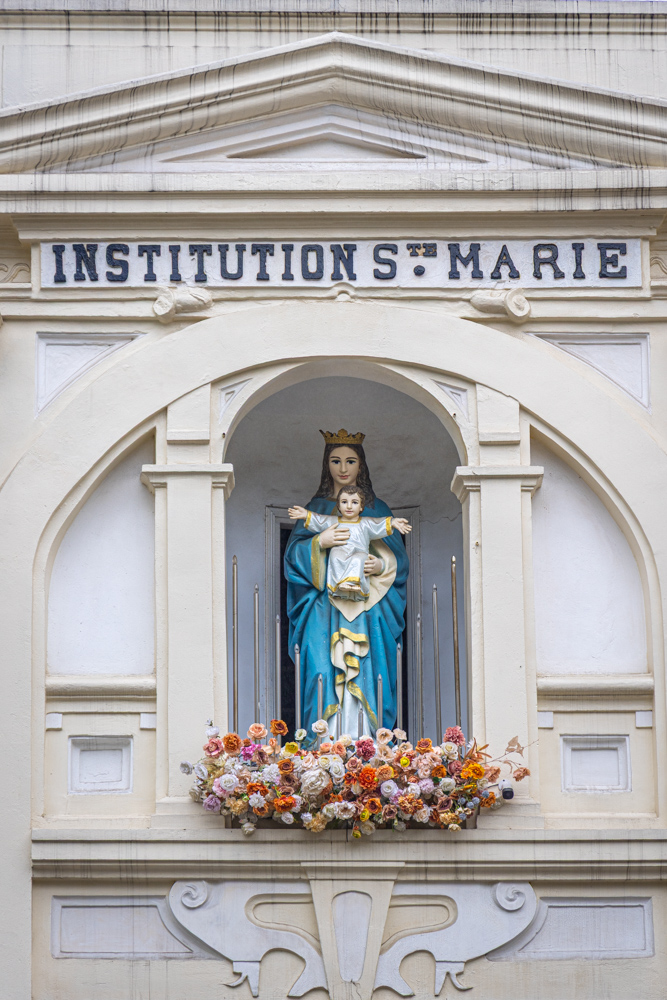
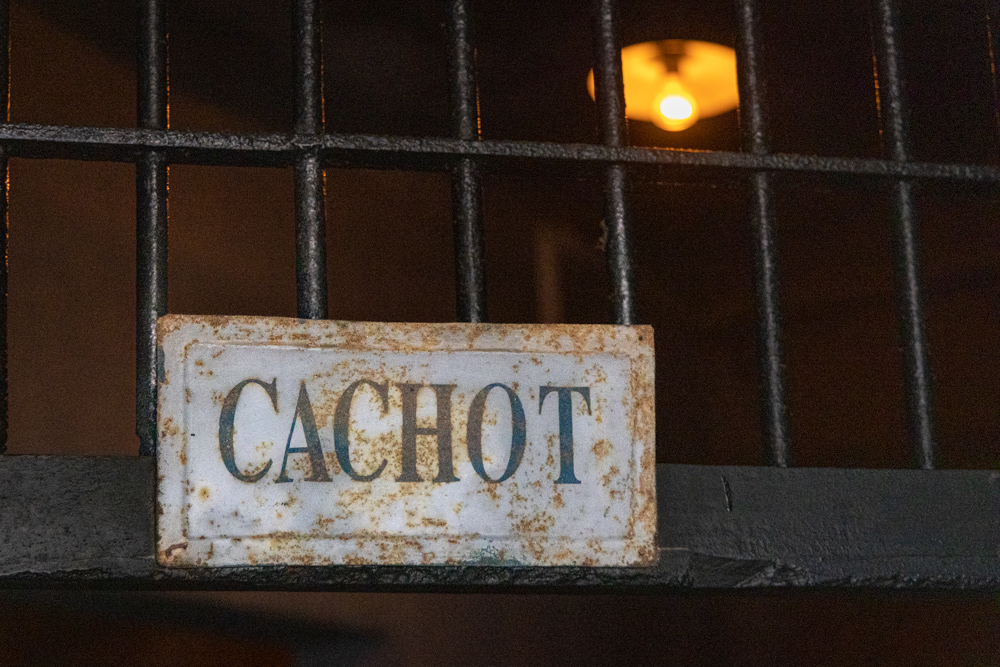
Cachot is "dungeon" in French - it was a very dark and dank place and would have been a difficult place to be prisoner.
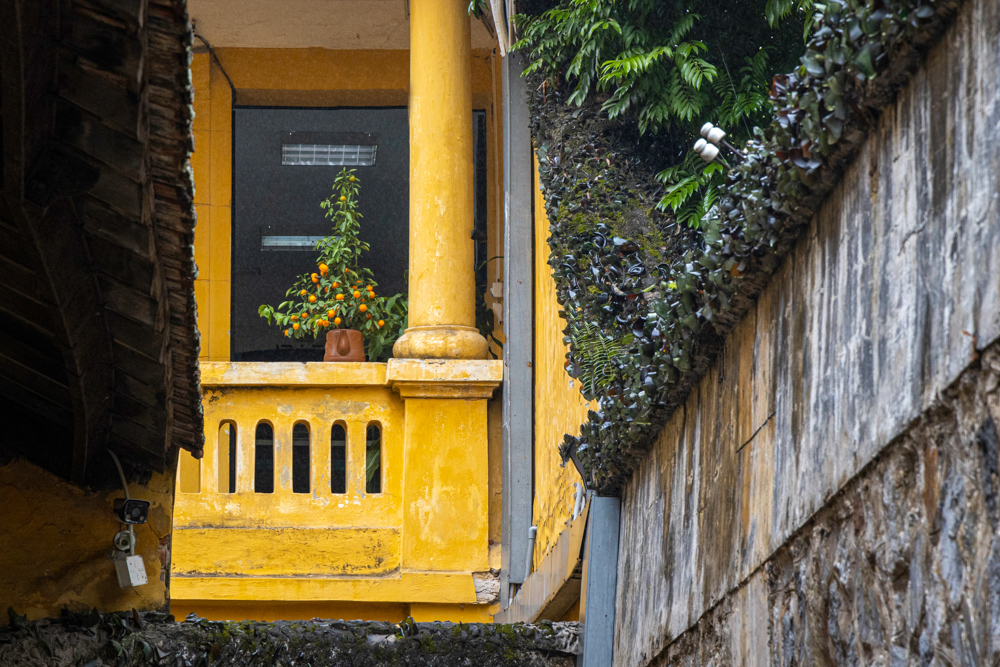
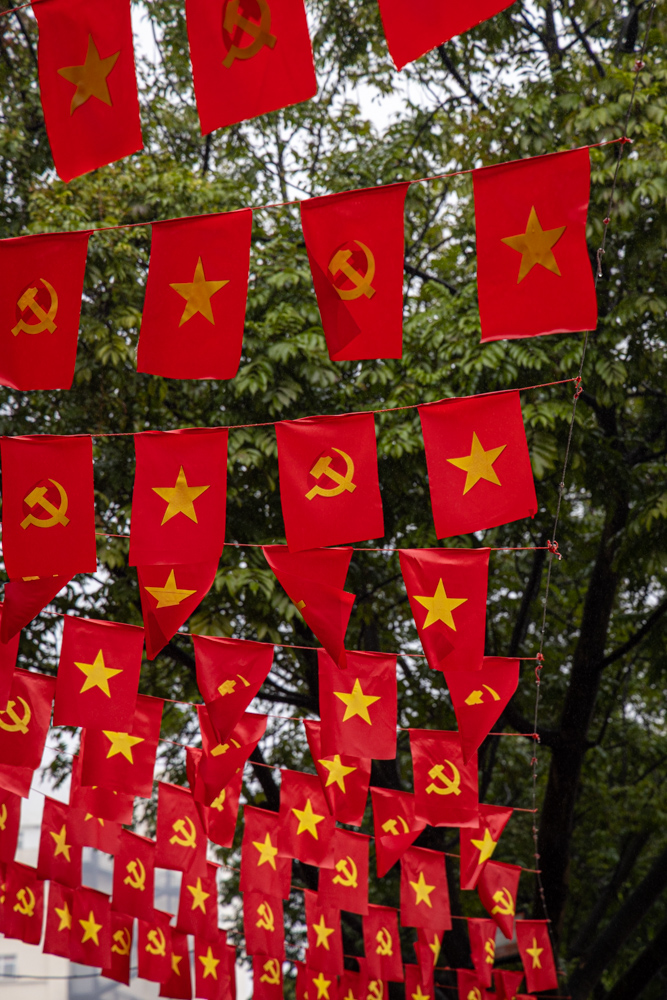
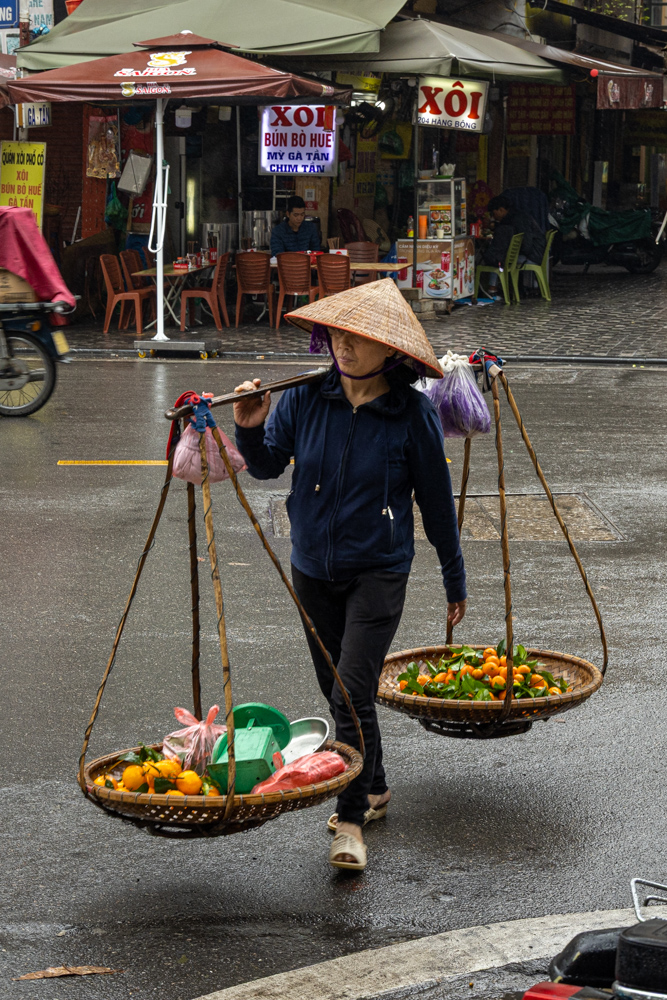
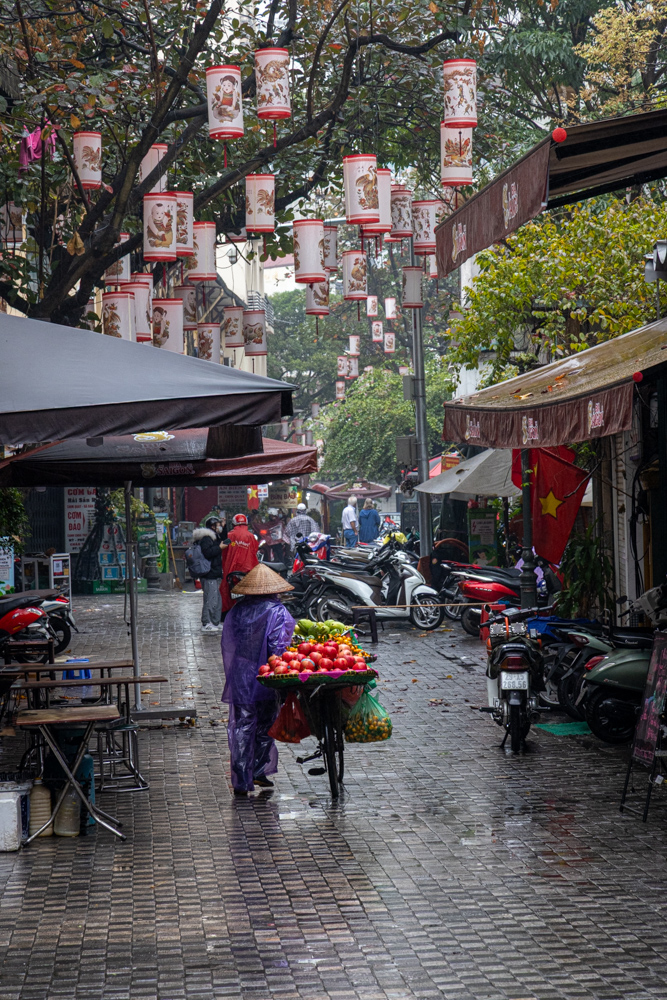
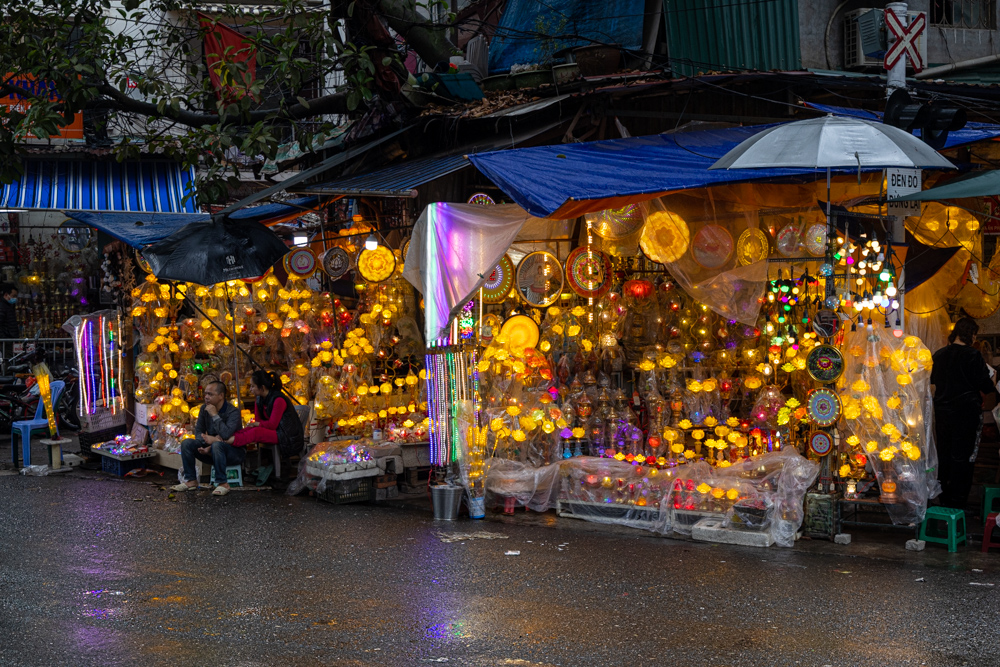
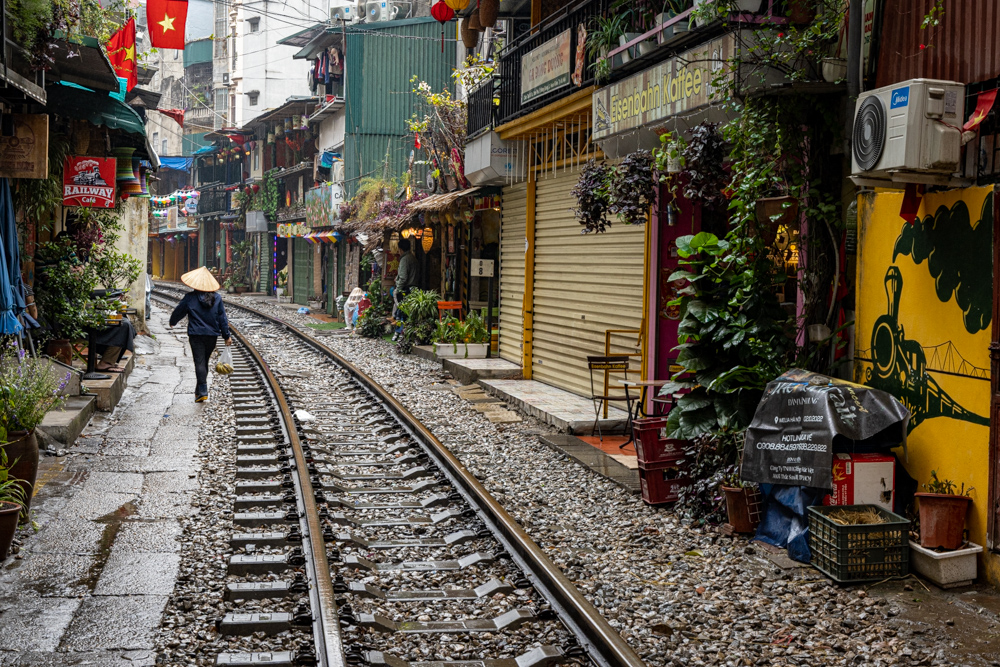
Cal stood behind a barricade to take this picture - no idea when a train was coming, so we did not wait.
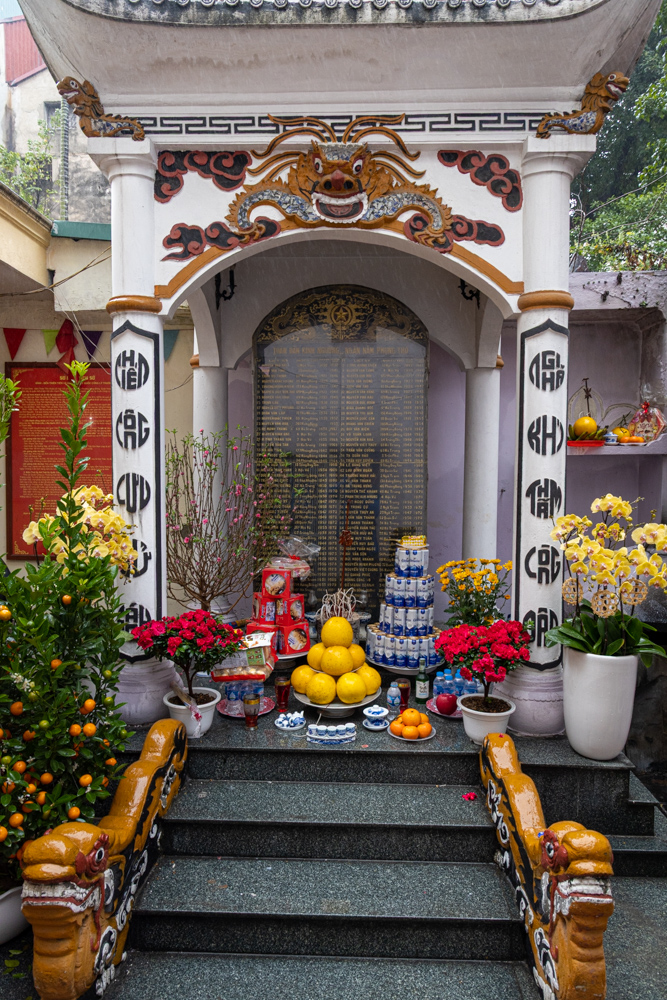
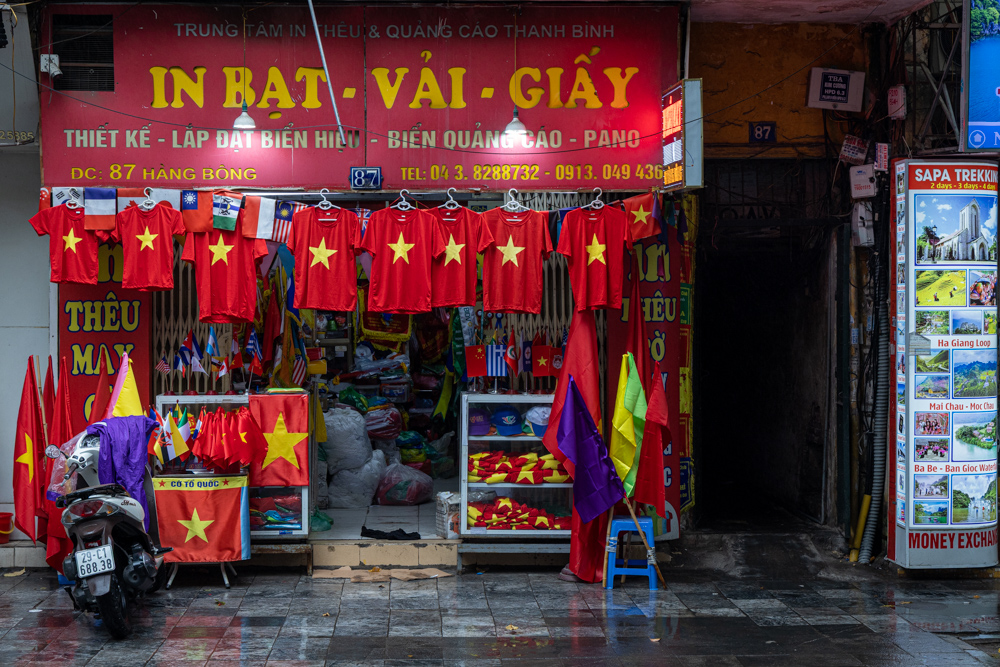
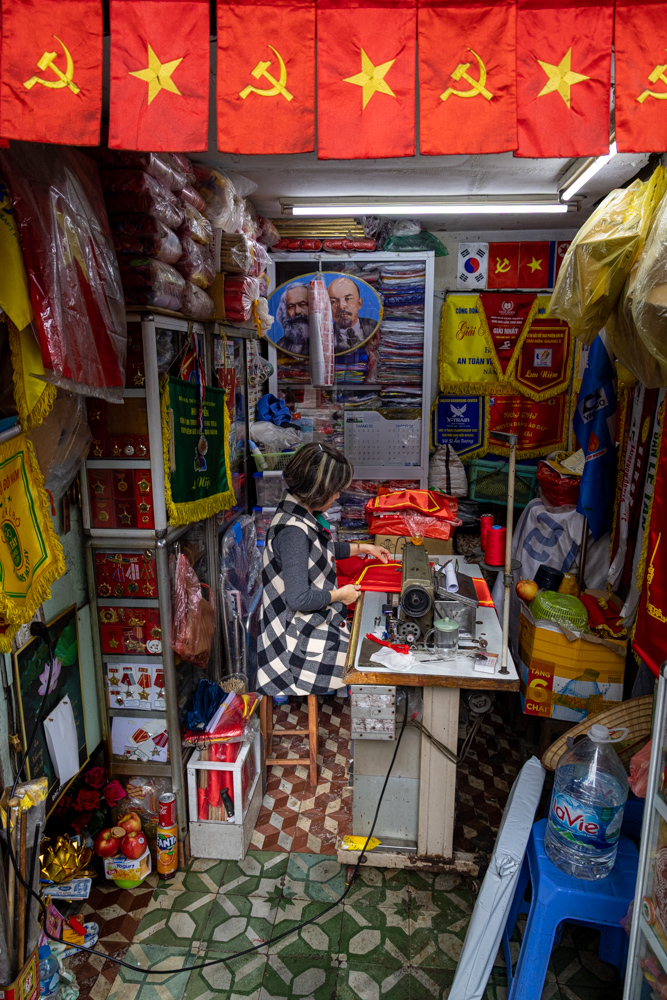
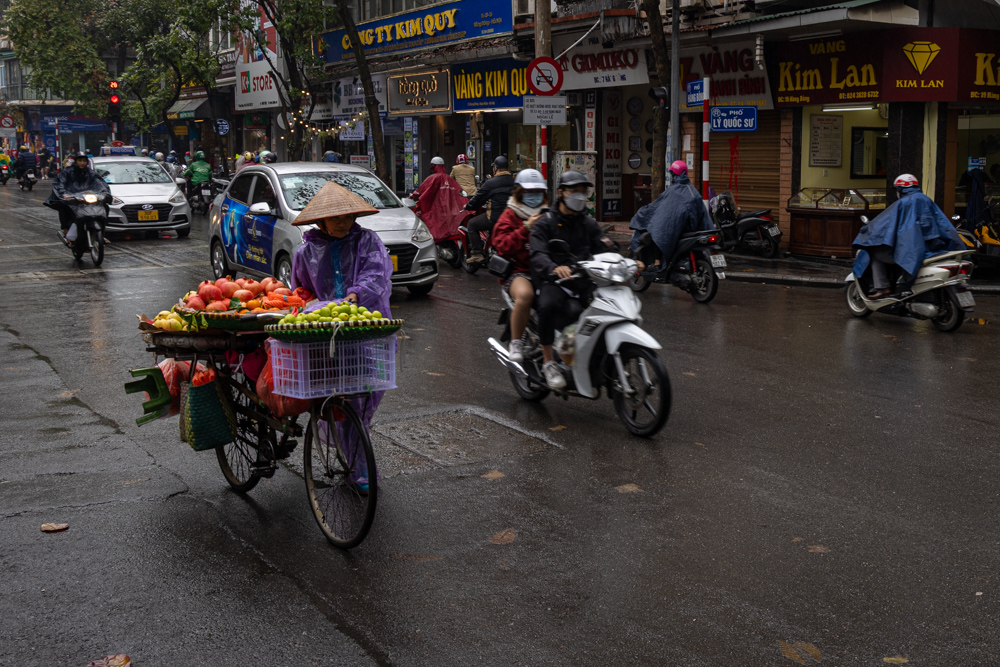
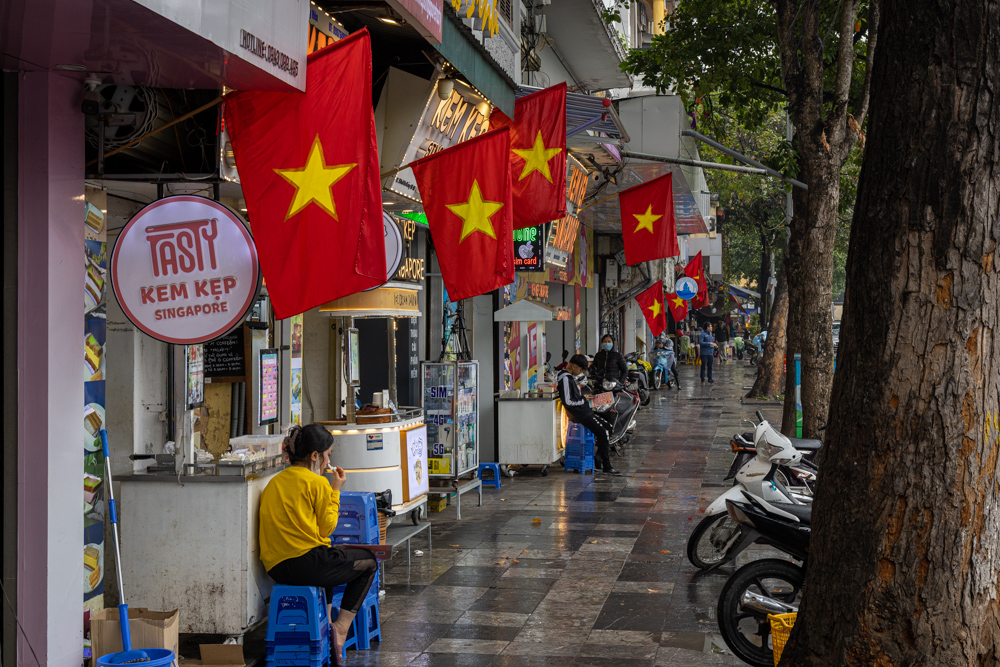
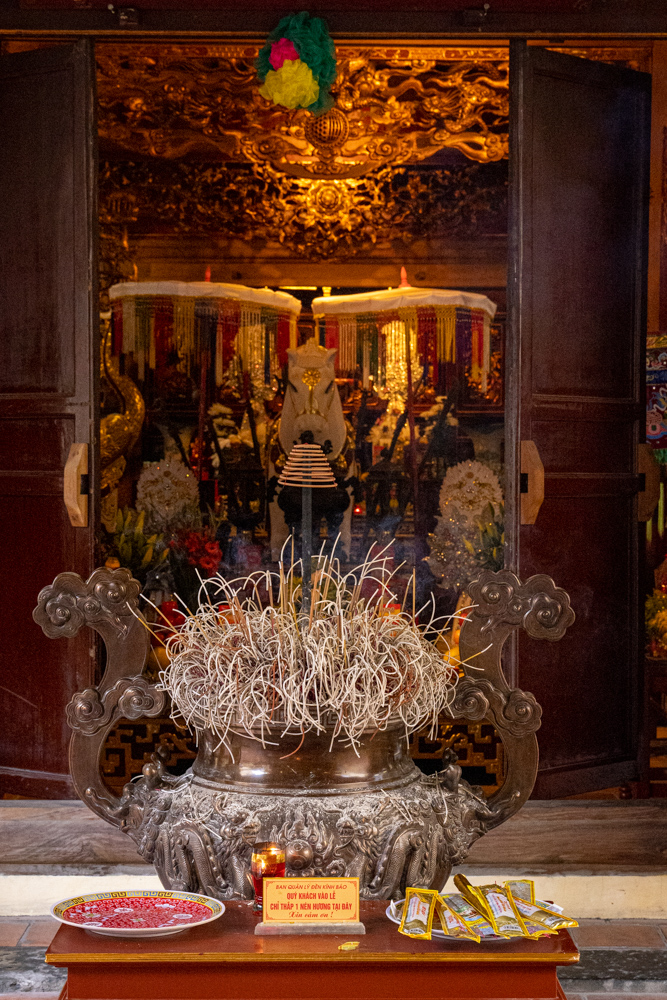
Incense sticks at the entrance to the temple.
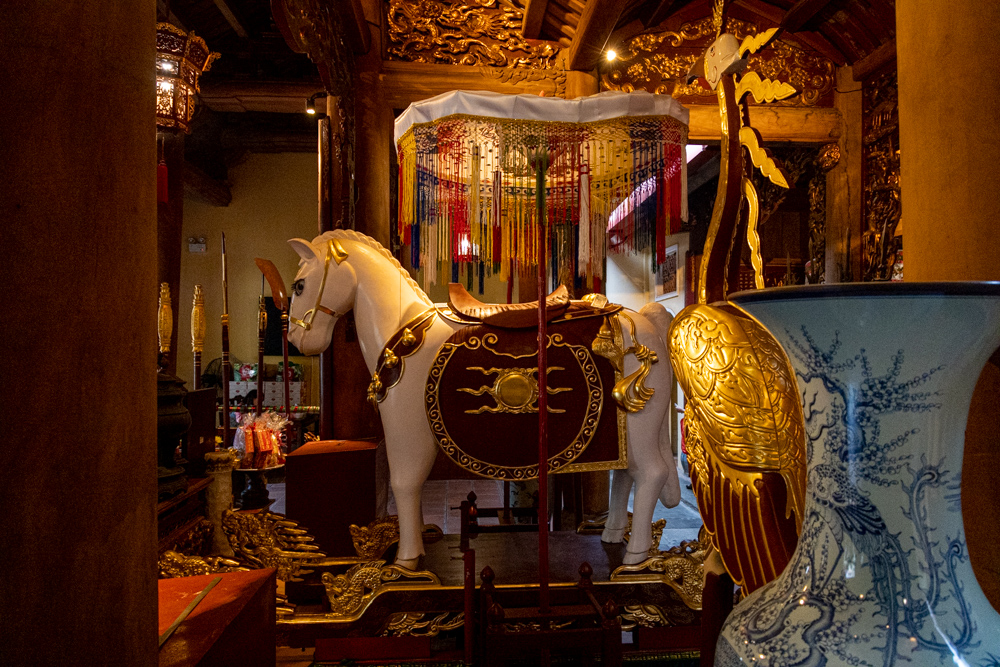
With more than a thousand years of history, White Horse Temple is one of the typical architectural relics typical of Hanoi. A wooden framework with big iron-wood columns is typical for the architecture of the temple in the North Delta region.
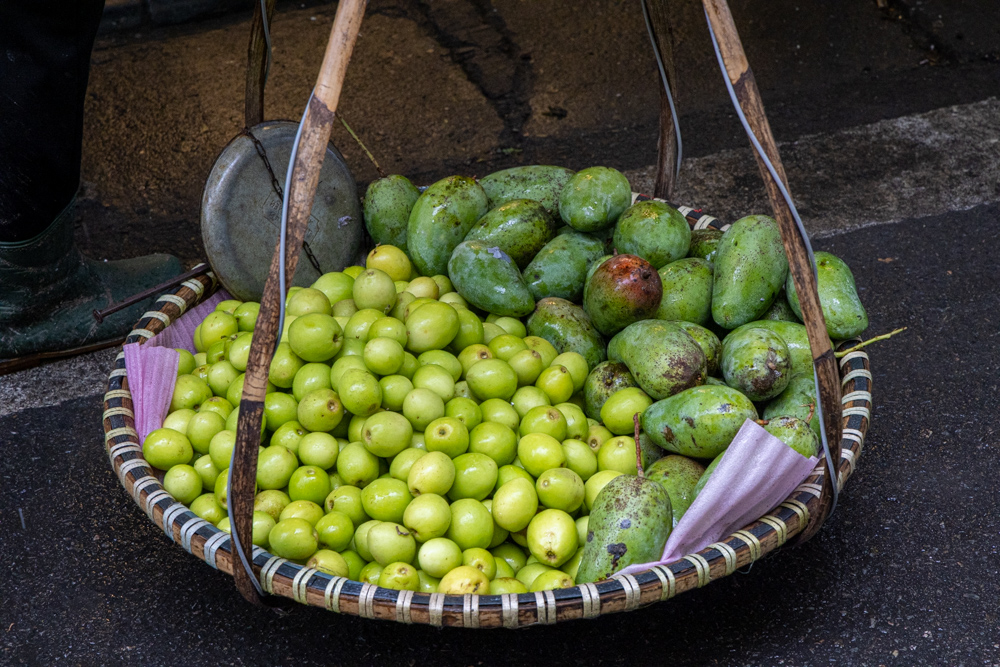
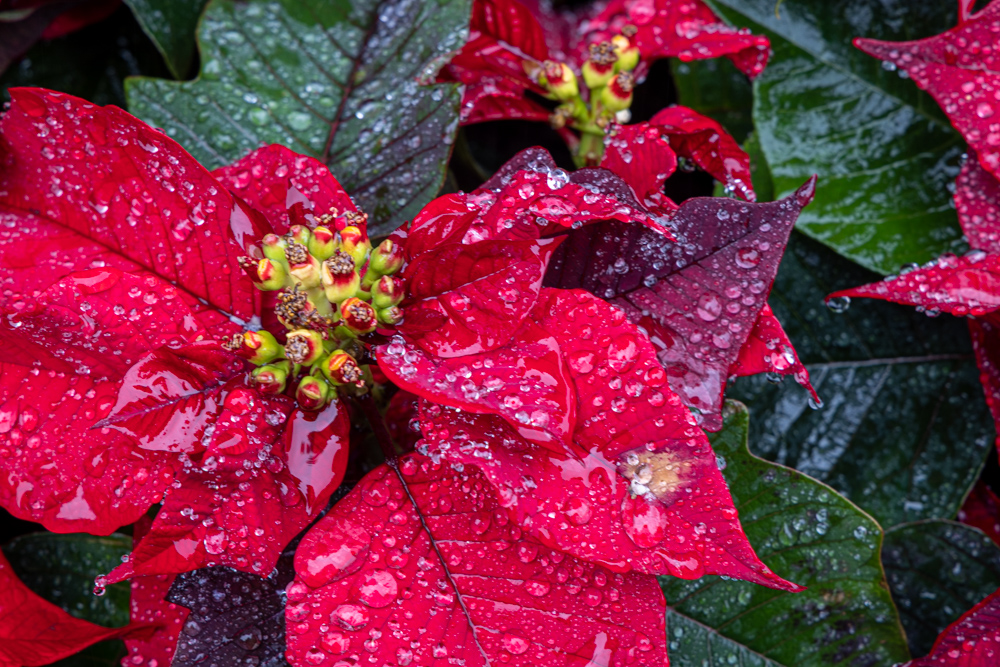
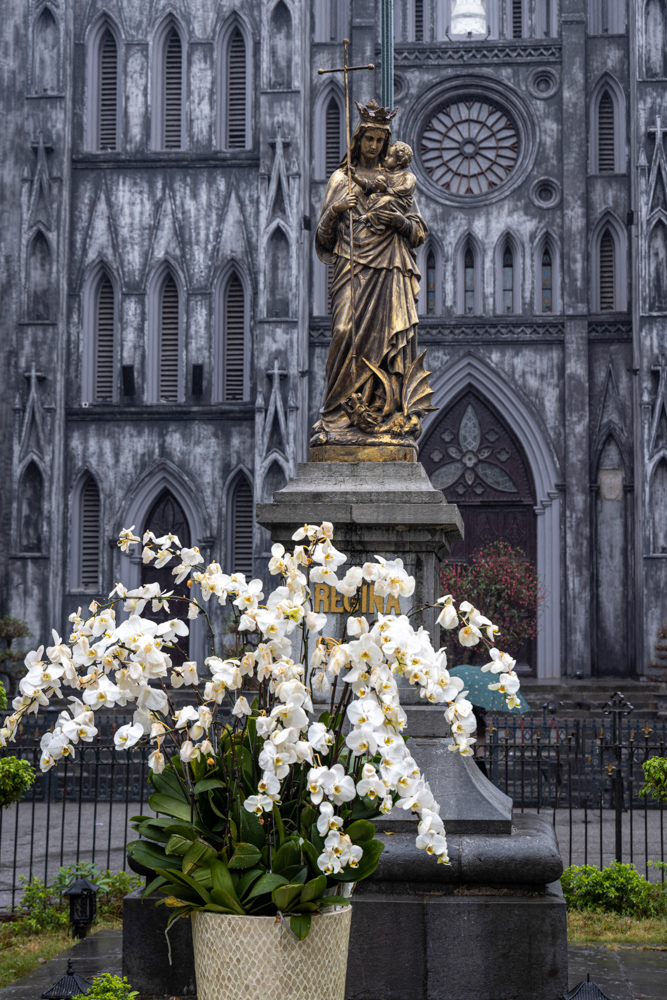
Construction began in 1884, with an architectural style resembling the Notre Dame de Paris. The church was one of the first structures built by the French colonial government in French Indochina when it opened in December 1886. It is the oldest church in Hanoi.
After the Viet Minh took control of North Vietnam following the Geneva Accords in 1954, the Catholic Church suffered decades of persecution. Priests were arrested, and church property was seized and expropriated. St. Joseph's Cathedral was not spared; it was closed down until Christmas Eve of 1990, when Mass was permitted to be celebrated there again.
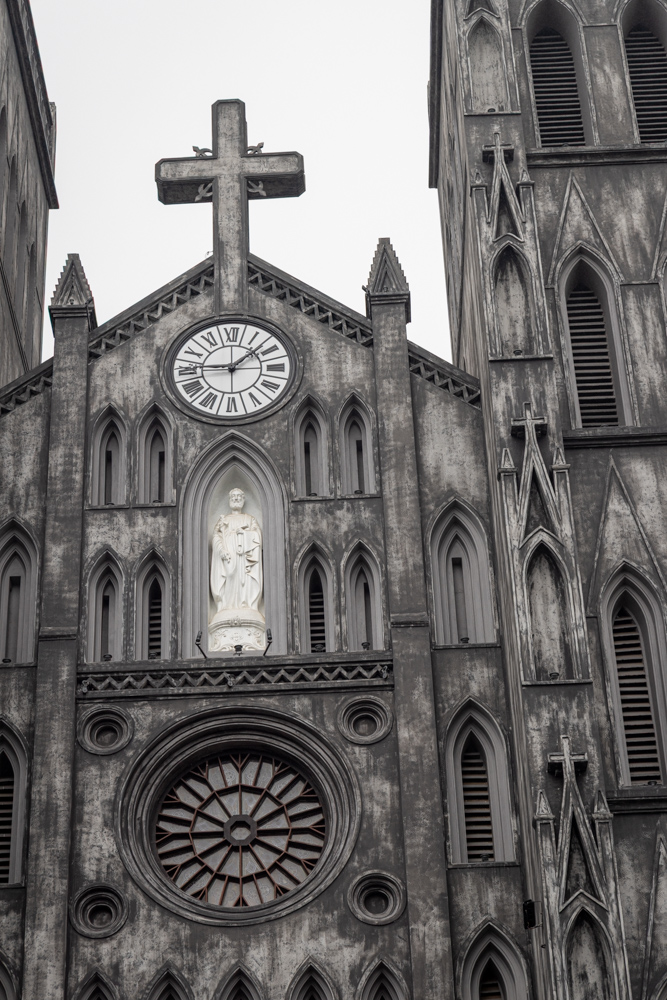
Built with stone slabs and in brick with concrete facing, the facade consists of two towers, square in shape, rising to a height of 103 feet, with each tower fitted with five bells.
Over the years, the cathedral's exterior has become severely worn down due to heavy pollution.
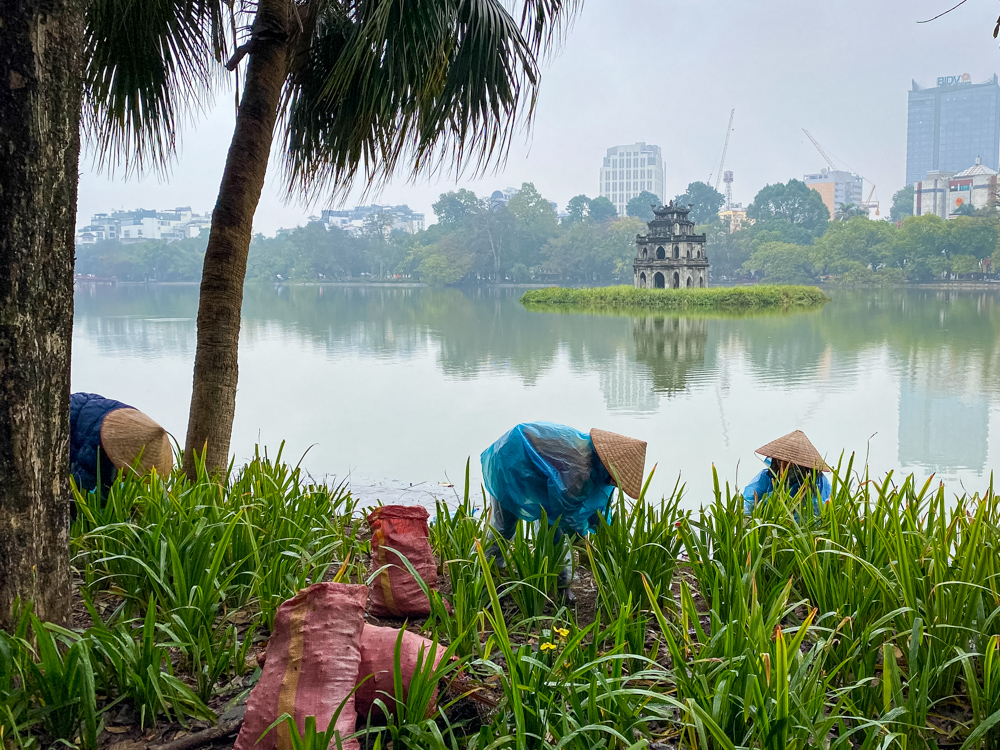
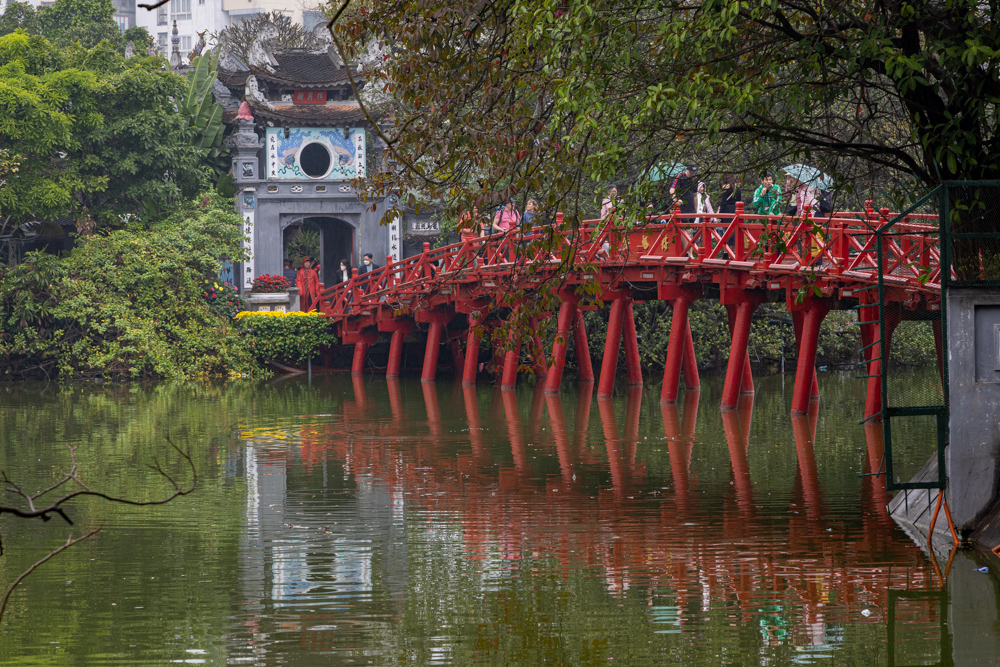
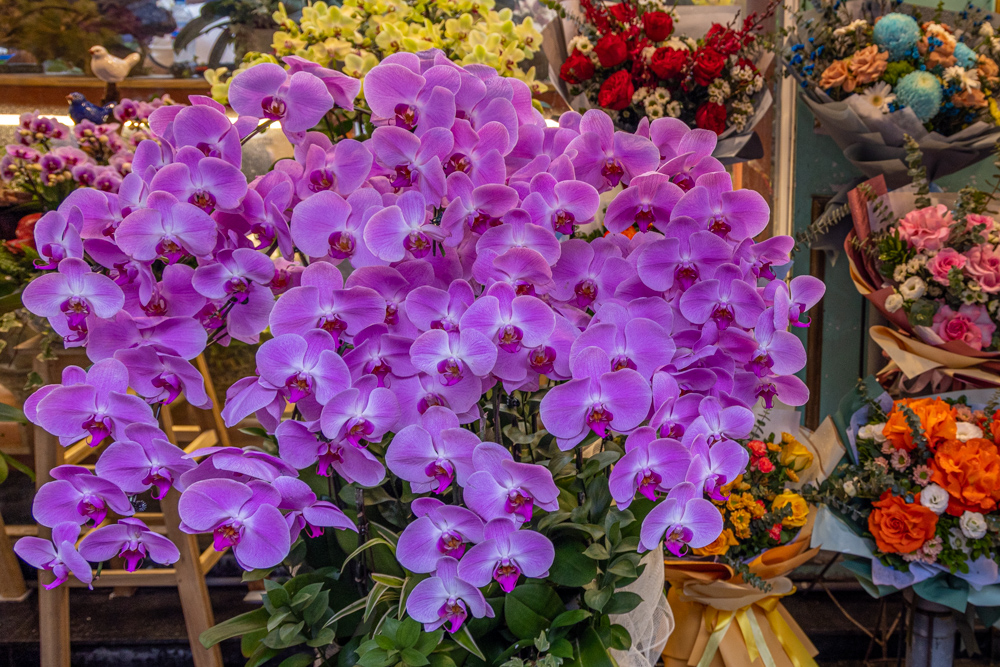
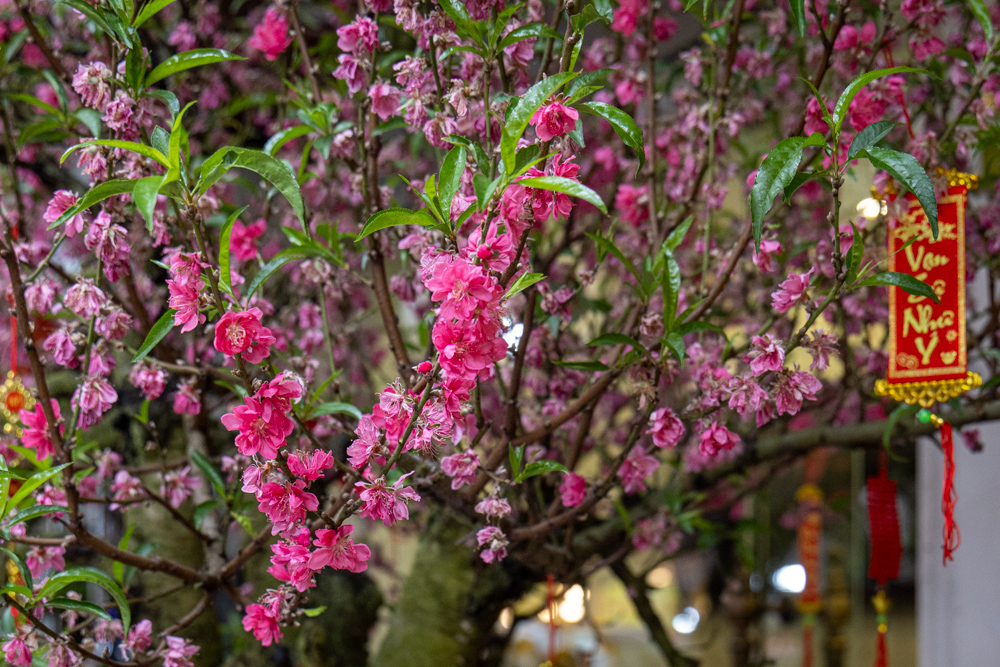

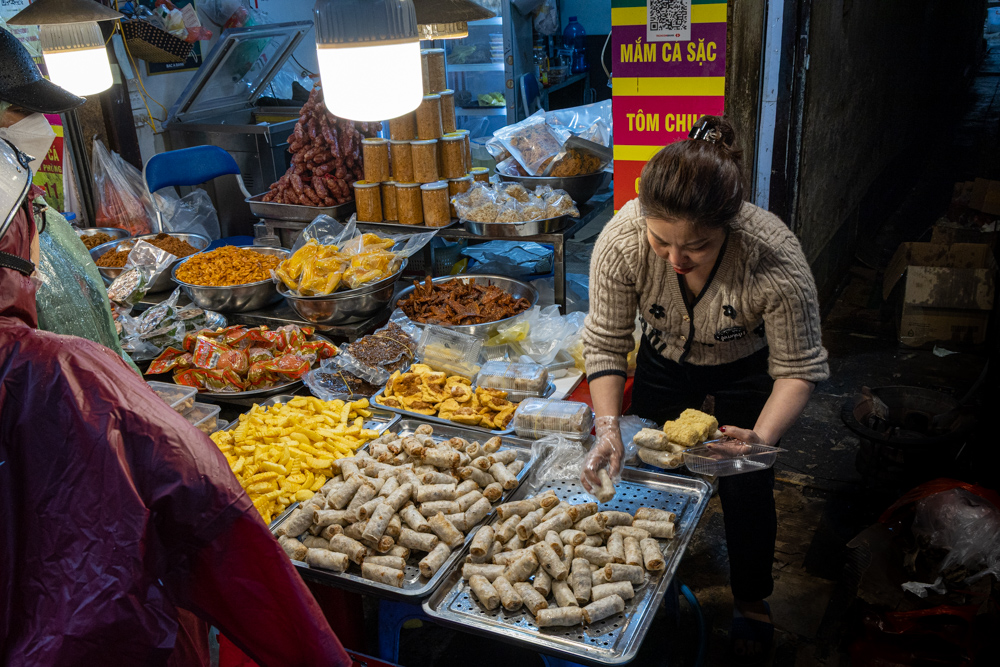
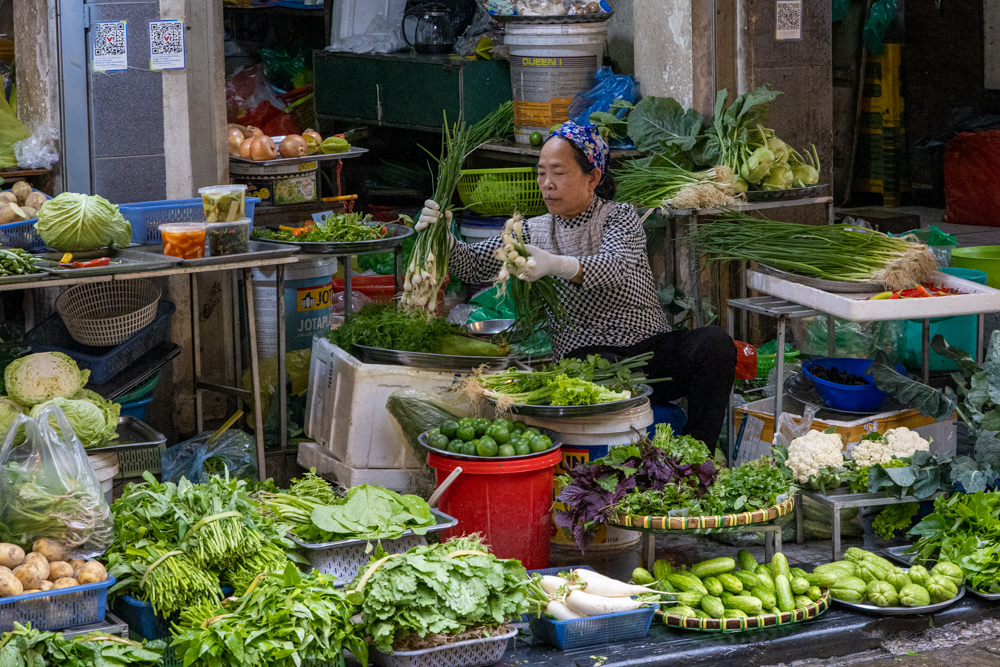
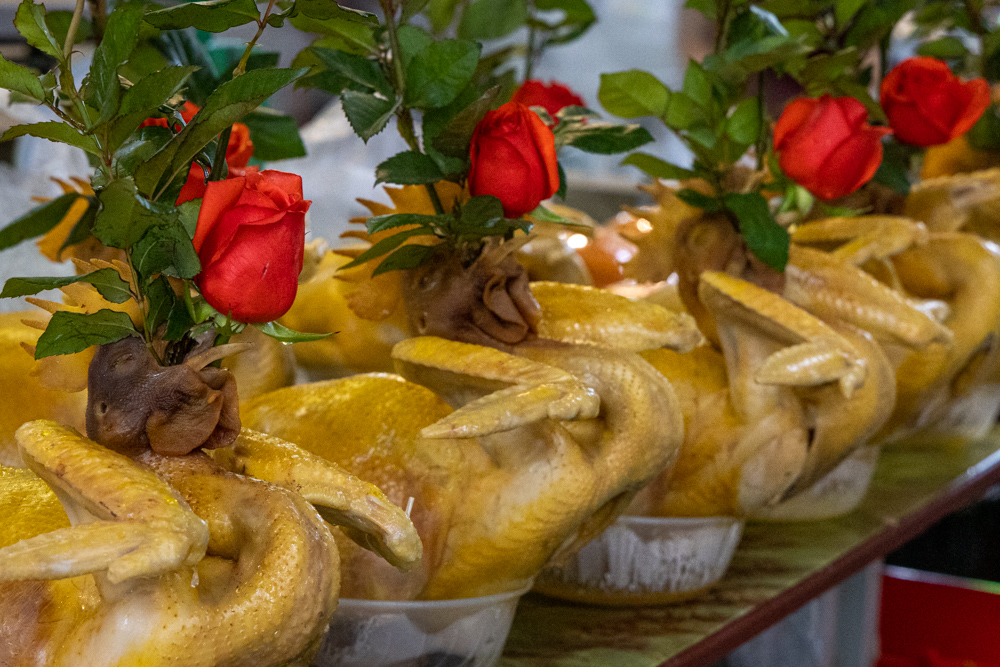
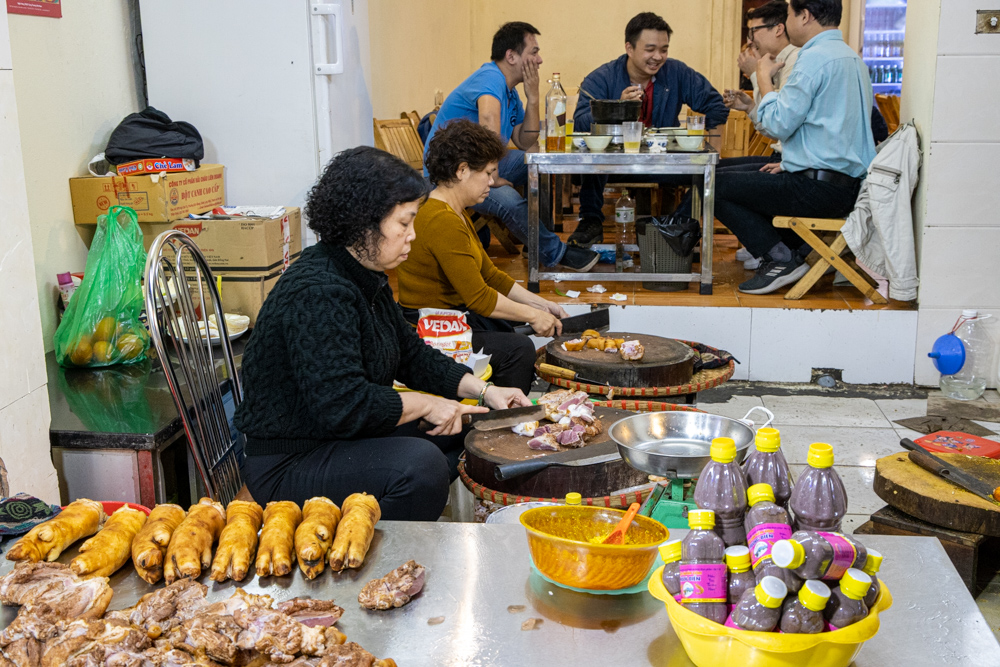
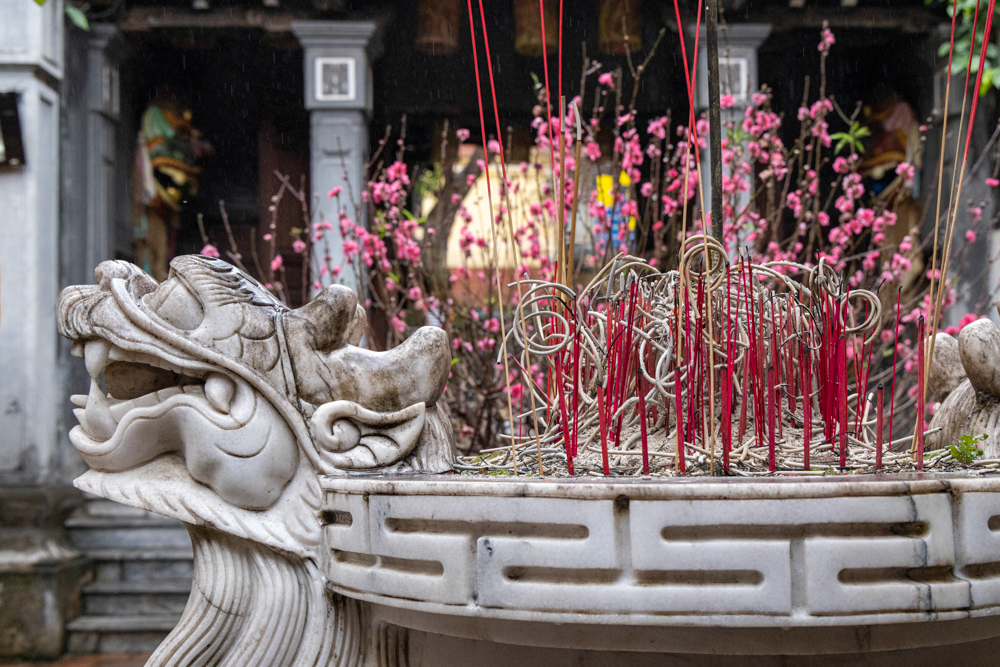
It is one of three buildings constructed by members of the Châu Khê village for social gatherings and worship of Hiên Viên, a legendary figure believed to be the founder of all crafts.
The dragon incense holders are beautiful.
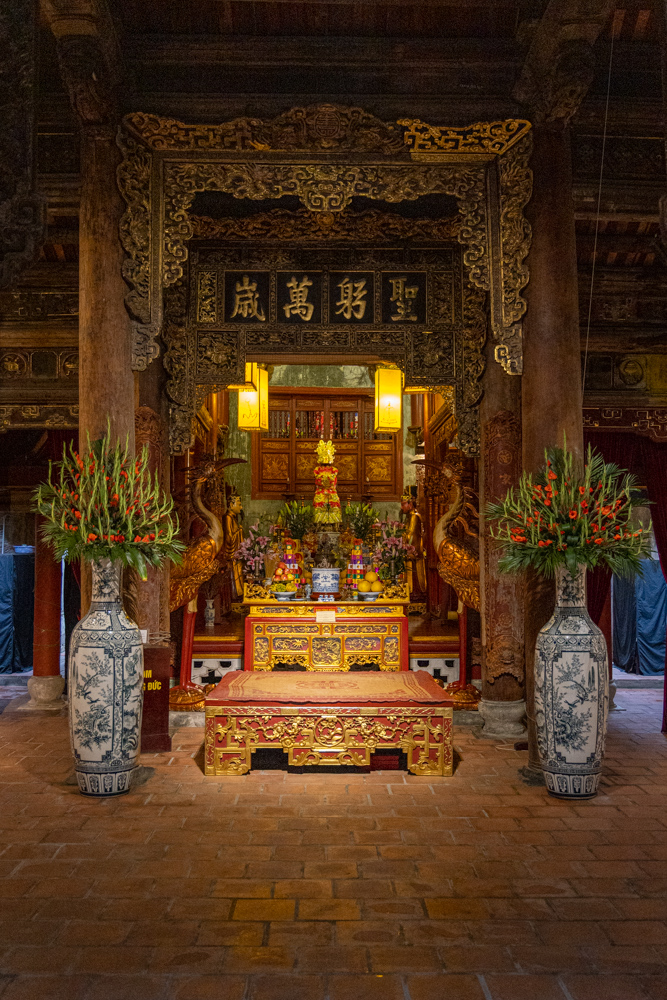
During the Indochina war the building served as a training hall for nurses and soldiers as well as a lecture hall for teaching Vietnamese Romanized script.
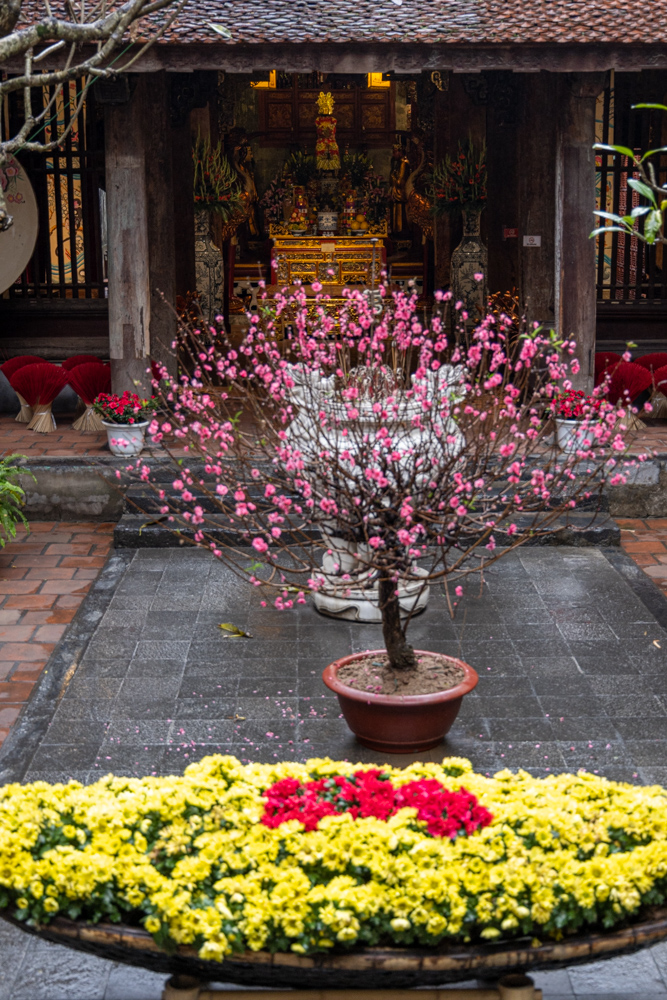
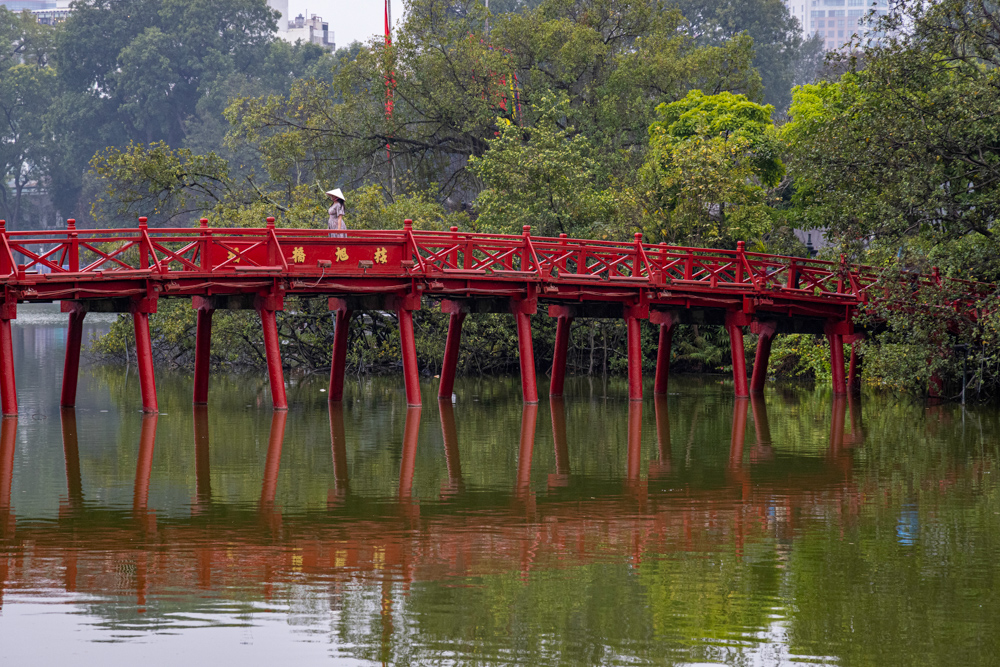
The bridge was surprisingly low in traffic - because a photographer on the bridge was taking a picture of a woman near the middle and had stopped pedestrians. This made for another nice picture of the iconic bridge.
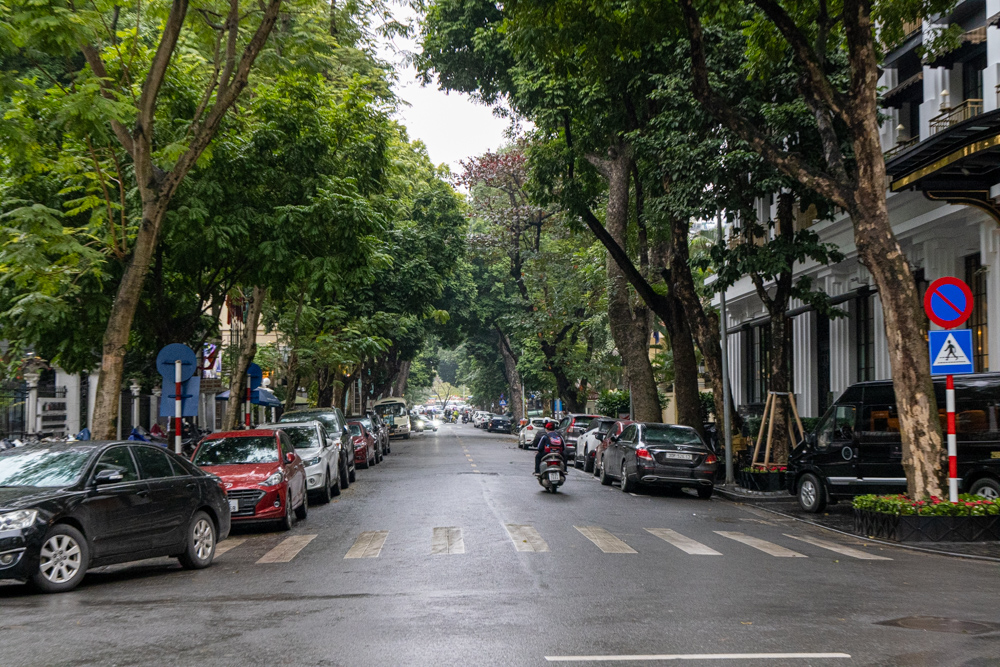
For dinner we went to a very nice restaurant, called Lý Club Hanoi, near the hotel which was recommended by our guide.